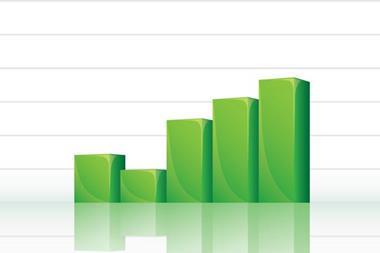ASN Bank has published information on the carbon efficiency of its equity funds
ASN Bank has become the first Dutch bank to publish information on the carbon efficiency of its equity funds, according to Trucost.
Trucost has analysed the greenhouse gas emissions of companies in which ASN Bank invests.
ASN Bank commissioned Trucost to measure the greenhouse gas emissions associated with three portfolios: ASN Aandelenfonds (Shares Fund), ASN Small & Midcap Fund and ASN Milieu & Waterfonds (Environment & Water Fund). These funds have a total investment-value of more than €647m.
A total of 190 companies were analysed, and emissions were allocated to the funds in proportion to their holdings.
Key findings include:
• The absence of investments in the oil & gas sector has a considerable positive effect on the intensity of greenhouse gas emissions in the funds.
• The total GHG emissions of ASN Aandelenfonds, ASN Small & Midcap Fonds and ASN Milieu & Waterfonds are 20% lower than the benchmark, MSCI All World Developed Index.
• The carbon intensity of ASN Aandelenfonds is 40% lower than the benchmark.
• The Milieu & Waterfonds is more carbon intensive than the benchmark, largely due to the energy intensive nature of the water and waste companies.
Jeroen Jansen, ASN Bank director, said: ‘Transparency is a first requirement in sustainable investing. The data from Trucost’s report give a clear picture to the public. Investors have a right to transparency and verifiable information. The climate issue is one of the greatest challenges confronting our society. Measuring CO2 efficiency is becoming an instrument of increasing importance to steer companies in the direction of the smallest environmental impact possible. Time and time again we have proved that offering successful investment products can be matched with an efficient policy of CO2 reduction. It would be advisable for other financial institutions to follow this example.’
Trucost chief executive Simon Thomas said: ‘Trucost’s unique model combines carbon and financial data to enable banks to measure the carbon efficiency of their portfolios. This information helps to identify risks to returns from relatively carbon-intensive companies, as well as opportunities to reduce that risk. By making public the information on portfolio carbon emissions, ASN Bank is taking a lead in acknowledging that managing a portfolio’s exposure to the rising costs of carbon inefficiencies is now a necessity.’




















No comments yet